Volvo XC90 vs VW Passat – Differences & prices compared
Both models have their strengths – but which one suits you more?
Compare performance, efficiency, price and space directly: Volvo XC90 or VW Passat?
Costs and Efficiency:
When it comes to price and running costs, the biggest differences usually appear. This is often where you see which car fits your budget better in the long run.
VW Passat has a significantly advantage in terms of price – it starts at 35700 £, while the Volvo XC90 costs 69800 £. That’s a price difference of around 34028 £.
Fuel consumption also shows a difference: VW Passat manages with 0.30 L and is therefore significantly more efficient than the Volvo XC90 with 3.50 L. The difference is about 3.20 L per 100 km.
As for range, the VW Passat performs decisively better – achieving up to 133 km, about 62 km more than the Volvo XC90.
Engine and Performance:
Under the bonnet, it becomes clear which model is tuned for sportiness and which one takes the lead when you hit the accelerator.
When it comes to engine power, the Volvo XC90 has a significantly edge – offering 455 HP compared to 272 HP. That’s roughly 183 HP more horsepower.
In acceleration from 0 to 100 km/h, the Volvo XC90 is hardly perceptible quicker – completing the sprint in 5.40 s, while the VW Passat takes 5.80 s. That’s about 0.40 s faster.
In terms of top speed, the VW Passat performs distinct better – reaching 250 km/h, while the Volvo XC90 tops out at 180 km/h. The difference is around 70 km/h.
There’s also a difference in torque: Volvo XC90 pulls convincingly stronger with 709 Nm compared to 400 Nm. That’s about 309 Nm difference.
Space and Everyday Use:
Beyond pure performance, interior space and usability matter most in daily life. This is where you see which car is more practical and versatile.
Seats: Volvo XC90 offers distinct more seating capacity – 7 vs 5.
In curb weight, VW Passat is noticeable lighter – 1573 kg compared to 2080 kg. The difference is around 507 kg.
In terms of boot space, the VW Passat offers decisively more room – 690 L compared to 302 L. That’s a difference of about 388 L.
In maximum load capacity, the VW Passat performs slight better – up to 1920 L, which is about 64 L more than the Volvo XC90.
When it comes to payload, Volvo XC90 somewhat takes the win – 710 kg compared to 577 kg. That’s a difference of about 133 kg.
Who comes out on top?
Overall, the VW Passat shows itself to be wins the duel decisively and secures the title of DriveDuel Champion.
It convinces with the more balanced overall package and proves to be the more versatile choice for everyday use.
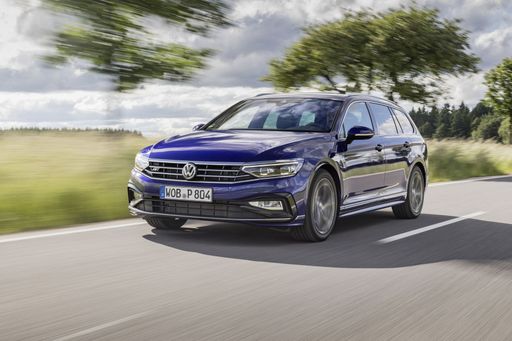
VW Passat
Volvo XC90
The Volvo XC90 stands out with its elegant Scandinavian design, seamlessly blending luxury with versatility. Inside, it offers a spacious and meticulously crafted interior, showcasing high-quality materials and advanced technology. The vehicle provides a comfortable and smooth driving experience, making it a popular choice for families and long journeys.
details @ media.volvocars.com
@ media.volvocars.com
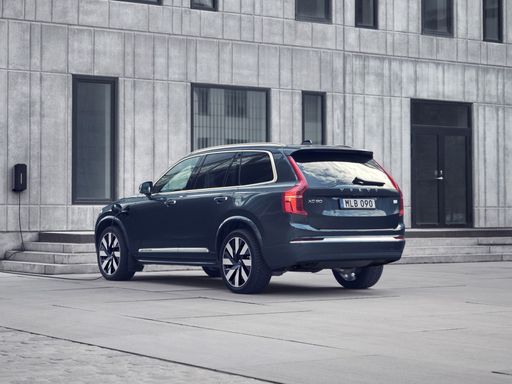 @ media.volvocars.com
@ media.volvocars.com
 @ media.volvocars.com
@ media.volvocars.com
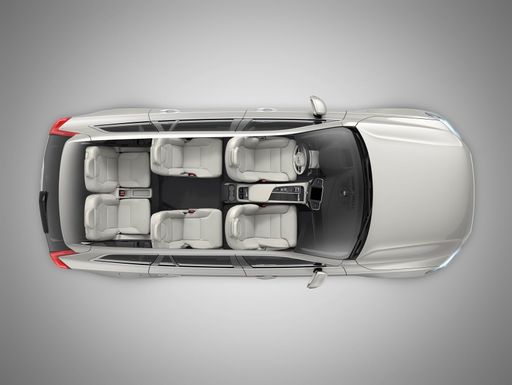 @ media.volvocars.com
@ media.volvocars.com
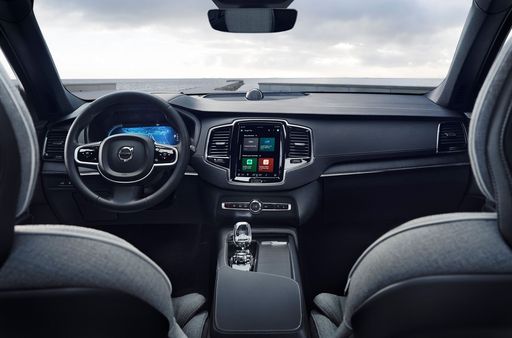 @ media.volvocars.com
@ media.volvocars.com
VW Passat
The VW Passat is a staple in the family saloon segment, known for its refined design and practicality. It effortlessly combines a comfortable ride with a spacious interior, making it a popular choice for long journeys. The cabin features high-quality materials and an intuitive infotainment system, providing a premium feel without sacrificing user-friendliness.
details @ volkswagen-newsroom.com
@ volkswagen-newsroom.com
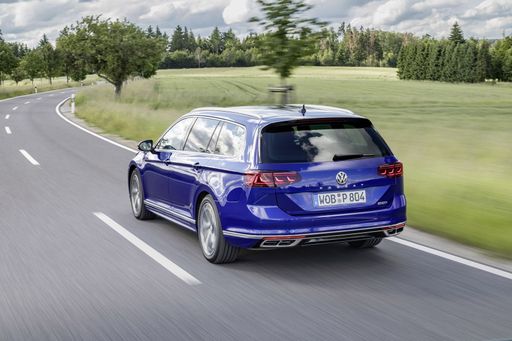 @ volkswagen-newsroom.com
@ volkswagen-newsroom.com
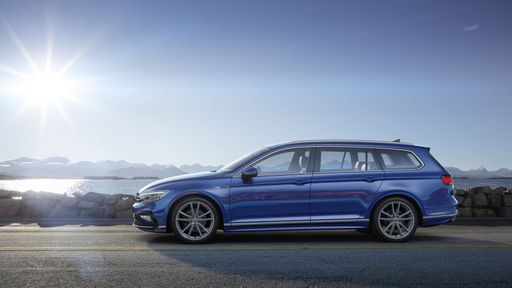 @ volkswagen-newsroom.com
@ volkswagen-newsroom.com
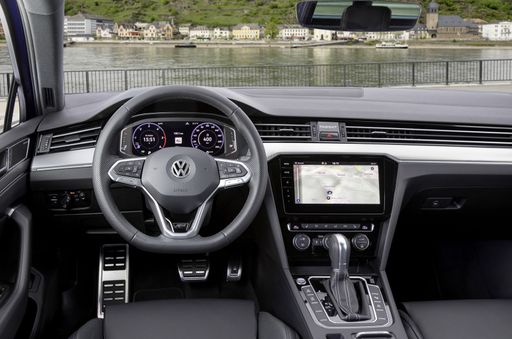 @ volkswagen-newsroom.com
@ volkswagen-newsroom.com

|

|
|
|
|
Costs and Consumption |
|
|---|---|
|
Price
69800 - 84600 £
|
Price
35700 - 58500 £
|
|
Consumption L/100km
3.5 - 8.5 L
|
Consumption L/100km
0.3 - 8 L
|
|
Consumption kWh/100km
-
|
Consumption kWh/100km
-
|
|
Electric Range
71 km
|
Electric Range
124 - 133 km
|
|
Battery Capacity
14.70 kWh
|
Battery Capacity
19.70 kWh
|
|
co2
79 - 191 g/km
|
co2
7 - 181 g/km
|
|
Fuel tank capacity
71 L
|
Fuel tank capacity
45 - 66 L
|
Dimensions and Body |
|
|---|---|
|
Body Type
SUV
|
Body Type
Estate
|
|
Seats
7
|
Seats
5
|
|
Doors
5
|
Doors
5
|
|
Curb weight
2080 - 2297 kg
|
Curb weight
1573 - 1858 kg
|
|
Trunk capacity
262 - 302 L
|
Trunk capacity
510 - 690 L
|
|
Length
4953 mm
|
Length
4917 mm
|
|
Width
1923 mm
|
Width
1849 mm
|
|
Height
1771 mm
|
Height
1521 mm
|
|
Max trunk capacity
1816 - 1856 L
|
Max trunk capacity
1770 - 1920 L
|
|
Payload
653 - 710 kg
|
Payload
501 - 577 kg
|
Engine and Performance |
|
|---|---|
|
Engine Type
Petrol MHEV, Plugin Hybrid
|
Engine Type
Plugin Hybrid, Petrol, Petrol MHEV, Diesel
|
|
Transmission
Automatic
|
Transmission
Automatic
|
|
Transmission Detail
Automatic Gearbox
|
Transmission Detail
Dual-Clutch Automatic
|
|
Drive Type
All-Wheel Drive
|
Drive Type
Front-Wheel Drive, All-Wheel Drive
|
|
Power HP
250 - 455 HP
|
Power HP
122 - 272 HP
|
|
Acceleration 0-100km/h
5.4 - 7.7 s
|
Acceleration 0-100km/h
5.8 - 10.7 s
|
|
Max Speed
180 km/h
|
Max Speed
212 - 250 km/h
|
|
Torque
360 - 709 Nm
|
Torque
250 - 400 Nm
|
|
Number of Cylinders
4
|
Number of Cylinders
4
|
|
Power kW
184 - 335 kW
|
Power kW
90 - 200 kW
|
|
Engine capacity
1969 cm3
|
Engine capacity
1498 - 1984 cm3
|
General |
|
|---|---|
|
Model Year
2024 - 2025
|
Model Year
2024 - 2025
|
|
CO2 Efficiency Class
G, B
|
CO2 Efficiency Class
B, G, D, E
|
|
Brand
Volvo
|
Brand
VW
|
What drivetrain options does the Volvo XC90 have?
Available configurations include All-Wheel Drive.
The prices and data displayed are estimates based on German list prices and may vary by country. This information is not legally binding.
